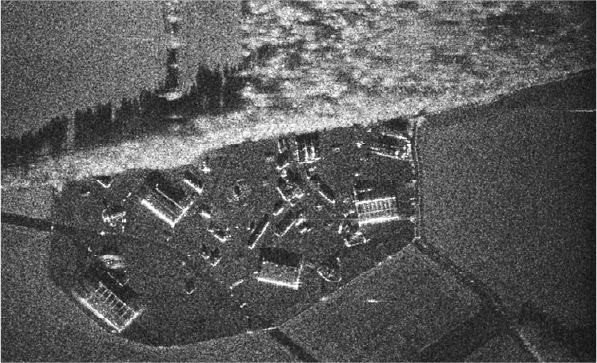PicoSAR
Compact, Lightweight, Airborne Ground
The PicoSAR Active Electronically Scanned Array (AESA) radar provides an unrivaled all-weather capability for Unmanned Aerial Systems, fixed-wing, and helicopter platforms. Building on over 50 years of experience in the airborne radar field, PicoSAR combines our knowledge with the latest technology to meet the evolving requirements of the 21st century.

- Key Benefits
- Key Features
- Background
- Product Datasheet
- Excellent performance
- High resolution ground mapping
- Wide area coverage
- High performance GMTI
- Low cost of ownership
- Reconfigurable radar system
- Lightweight
- Compact
- Very high reliability
- Easy to install and use
The key to PicoSAR is the use of AESA technology in a small, compact configuration. Using many low-power, solid state Transmit/Receive Modules (TRM) within its array, the PicoSAR radar is more reliable than conventional radar systems.
For the most compact installations, PicoSAR can be mounted directly onto the platform and the beam steered electronically, or it can be mounted on a gimbal for an even greater field of view.
PicoSAR consists of a single small Line Replaceable Unit (LRU). This LRU can be reconfigured, if required to ease installation, by detaching the antenna unit from the processor unit.
In addition, due to the flexibility of AESA technology the radar antenna can be resized to address specific platform constraints or customer performance requirements.
Our company has been at the forefront of airborne radar capability since the 1950s when the AI23 radar became the world’s first high-power monopulse radar to enter squadron service.
To maintain our leading position, we have been developing AESA technology since the early 1990s, and we now have a range of AESA products available to meet the airborne radar market requirements.
PicoSAR is one of a family of AESA radars that includes the Vixen family of fire control radars and the Seaspray family of surveillance radars which are in operation in the United States, on the USCG HC-130H aircraft and under contract for the UK Royal Navy Surface Combatant Maritime Rotorcraft (Future Lynx). PicoSAR utilizes common technology and techniques used on our other radar programs.
Reliability
The PicoSAR radar minimizes the impact of transmitter and receiver failure by using many solid-state Transmit/Receive Modules within a fixed array. As a result, component failures within the array demonstrate graceful performance degradation rather than complete system failure, thereby delivering the highest levels of operational availability.


